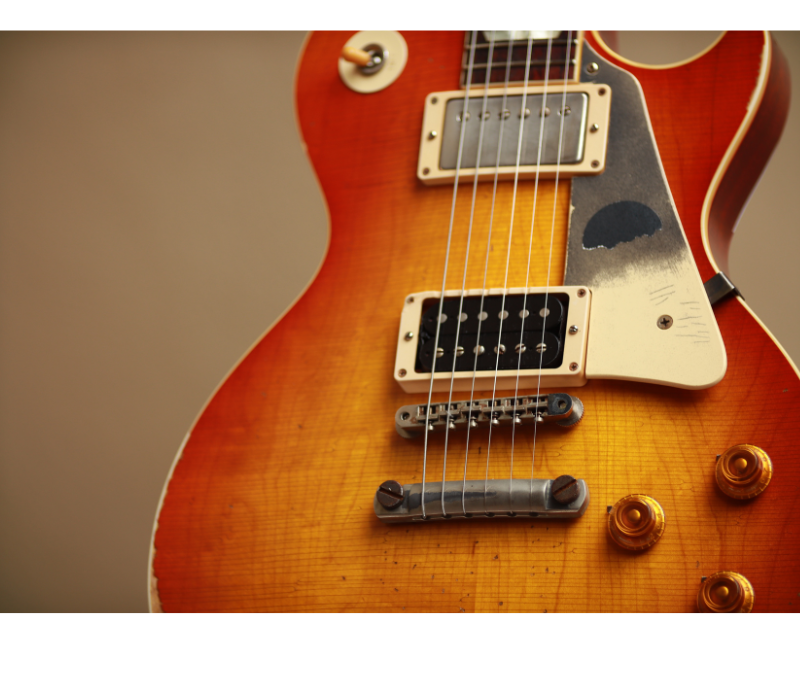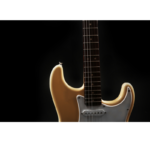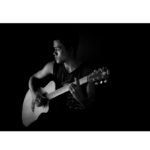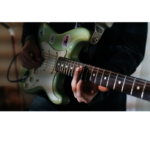Master the Neck: 5 Creative Ways to Use the CAGED Guitar System
If you’ve ever stared at your guitar and thought, “I’m tired of feeling stuck in the same positions,” you’re not alone.
The CAGED guitar system exists for exactly this reason: to help you map out the entire fretboard—so you can finally play confidently anywhere, in any key.
Most players only scratch the surface of this system. They learn a few movable chord shapes and call it good. But the guitarists who truly own their fretboard have gone deeper: connecting chords to scales, scales to arpeggios, and arpeggios to melodies.
This guide is for you if you want to do the same.
By the time you finish reading, you’ll know:
✅ What the CAGED guitar system really is (and what it isn’t)
✅ Five creative ways to apply it right now
✅ How to practice without getting overwhelmed
✅ Where to go if you want to speed up your progress 10x
Let’s dive in.
What Is the CAGED Guitar System?
First, a quick refresher:
CAGED is an acronym for the five basic open chord shapes:
- C
- A
- G
- E
- D
When you learn how each of these shapes moves up the neck, you unlock an entire system to:
🎸 Play any major chord in five positions
🎸 Visualize scales and modes anchored to each shape
🎸 Build arpeggios effortlessly
🎸 Create inversions for more interesting voicings
🎸 Blend rhythm and lead seamlessly
The truth:
CAGED isn’t a gimmick. It’s a framework for seeing the fretboard as one connected map rather than a random jumble of notes.

❌ Stop Guessing. Start Shredding.
If you’re still fumbling through scale patterns and box shapes… it’s costing you progress.
FretDeck™ is the no-fluff system that shows you exactly how to master the fretboard—fast. Early access.
⚡️ This isn’t for dabblers. It’s for players who want results.
👉 Click here to join the pre-launch now
Early access. Limited rewards. Don’t wait.
Why So Many Guitarists Get Stuck
Here’s why most players never harness the full power of CAGED:
- They only memorize chord shapes, not what notes those shapes contain.
- They learn scales and arpeggios in isolation, without connecting them back to chord shapes.
- They feel overwhelmed trying to visualize everything all at once.
Sound familiar? It doesn’t have to be this way.
CAGED works best when you approach it step by step, layering skills gradually.
Let’s look at five ways to make this system your secret weapon.
1. Visualize Every Chord, Everywhere
Most beginners learn a G chord and think, That’s it—that’s G.
But with CAGED, you realize there are five ways to play G major, each with a different tone and feel.
Example: G Major in Five Positions
1️⃣ G Shape (Open)
e|-3-
B|-0-
G|-0-
D|-0-
A|-2-
E|-3-
2️⃣ E Shape (3rd Fret Barre)
e|-3-
B|-3-
G|-4-
D|-5-
A|-5-
E|-3-
3️⃣ D Shape (7th Fret)
e|-7-
B|-8-
G|-7-
D|-9-
A|---
E|---
4️⃣ C Shape (10th Fret)
e|-7-
B|-8-
G|-7-
D|-9-
A|-10-
E|---
5️⃣ A Shape (12th Fret Barre)
e|-12-
B|-12-
G|-12-
D|-14-
A|-14-
E|-12-
Each shape offers new textures you can drop into any progression.
✅ Practice Prompt:
This week, pick one chord per day and find all five positions. Start slow, and listen to how each shape changes the sound.
2. Map Scales onto Chord Shapes
This is where the system really gets exciting.
Instead of memorizing random scale patterns, you’ll anchor scales to their related chord shape.
Example: G Major Scale in the E Shape (3rd Fret)
e|-2-3-5-
B|-2-3-5-
G|-2-4-
D|-2-4-5-
A|-2-3-5-
E|-2-3-5-
Once you’re familiar with this, shift into the D shape at the 7th fret, and so on.
Why this matters:
When you solo, you’ll see exactly where your scale notes overlap with the chord you’re playing over. This makes your phrases sound intentional—not random.
✅ Practice Prompt:
Pick any key (like C major) and map the scale across all five CAGED positions. Start by practicing slowly and connecting just two shapes. Add more over time.
3. Build Arpeggios for Melodic Soloing
Arpeggios are the missing link between chords and scales. They highlight chord tones—so your solos outline the harmony.
With CAGED, you can see where every chord tone sits across the neck.
Example: G Major Arpeggio, E Shape
e|-3-
B|-3-
G|-4-
D|-5-
A|-5-
E|-3-
Break this shape into single notes and practice them ascending and descending.
✅ Practice Prompt:
Pick your favorite chord progression (like G–C–D) and build arpeggios over each chord in two positions. Aim to hear how each note supports the chord underneath.
4. Combine Chords and Melodies Seamlessly
When you watch great players, you’ll notice how they slip between chords and melody lines almost without thinking. That’s not magic—it’s CAGED.
How to Practice:
- Play a chord shape (e.g., E shape G major at the 3rd fret)
- Immediately pick out notes of the G major scale in the same position
- Drop back into the chord
- Repeat
Over time, this becomes muscle memory.
Example Exercise:
- Strum G major (E shape)
- Play a 3-note melodic phrase inside the shape
- Land back on the chord
- Move to C major (A shape)
- Repeat the phrase concept
✅ Practice Prompt:
Write a 4-bar progression and fill in short licks between each chord shape.
5. Create Fresh Sounds with Inversions
Inversions are a secret sauce for interesting chord progressions. By flipping the chord so the bass note changes, you get a richer sound.
Example: G Major Inversion in D Shape
e|-7-
B|-8-
G|-7-
D|---
A|---
E|---
Play this after an open G shape and hear how much more sophisticated it sounds.
✅ Practice Prompt:
Pick a common chord (C, G, or D) and learn at least two inversions in different CAGED positions. Use them in your next jam.
Bonus: Using CAGED for Minor and Seventh Chords
While most people think of CAGED guitar as only about major chords, you can use it to play:
- Minor chords
- Dominant 7th chords
- Major 7th chords
- Minor 7th chords
Example: G7 Chord Shapes
- G7 in E shape: classic “blues barre chord”
- G7 in A shape: higher voicing with a punchy midrange
- G7 in C shape: bright and open-sounding
✅ Practice Prompt:
This week, pick one chord quality (like minor 7th) and map it in all five shapes. Your rhythm playing will get a huge upgrade.
How to Practice CAGED Without Overwhelm
The #1 mistake guitarists make? Trying to memorize all five positions in every key at once.
Instead:
✅ Focus on one shape and one key for a week.
✅ Use simple progressions to hear how the shapes work together.
✅ Layer scales and arpeggios slowly.
Before you know it, you’ll have the entire fretboard under your fingers.
The Fastest Way to Master CAGED Guitar
You could spend years piecing this together from YouTube videos. Or you could get a proven roadmap.
FretDeck was designed to make fretboard mastery visual, tactile, and fun:
✅ 60+ essential CAGED guitar patterns
✅ Major and minor pentatonic scales in every position
✅ Chord, scale, and arpeggio diagrams that fit in your case
✅ Practice prompts that get results fast
When you grab FretDeck, you’ll also get free access to Guitar Freaks Hangout, our private Discord community where players help each other stay inspired.
If you’re serious about playing with freedom and confidence, this is your next step.
👉 Click here to get FretDeck and join the Hangout
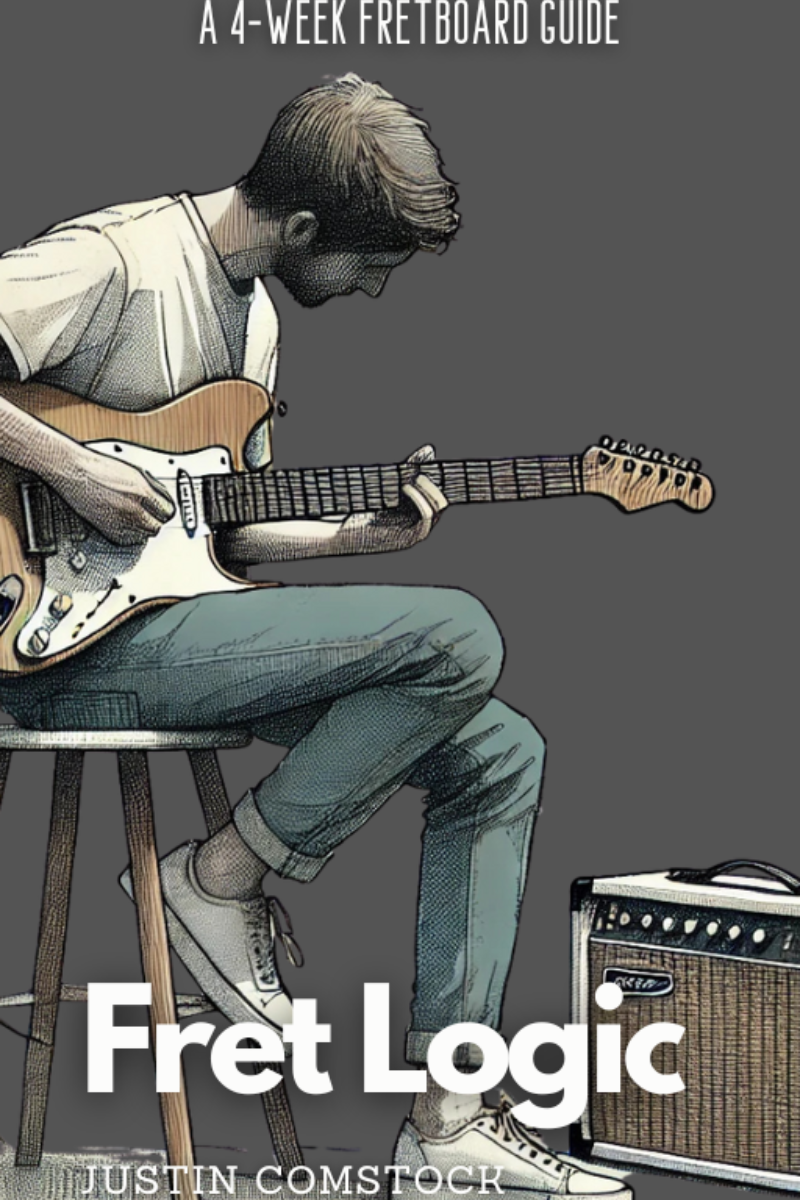
Join Guitar Freaks Hangout on Discord! 🎸
Get Fret Logic FREE!
Join the Guitar Freaks Hangout Discord and get exclusive access to my entire e-book, Fret Logic! Master the fretboard and elevate your solos with this comprehensive guide.
👉 Don’t miss out—join now and download your free copy!
More Resources
Learn the notes on the guitar fretboard to unlock CAGED
TrueFire’s CAGED Guitar Courses
Final Thoughts
The CAGED guitar system isn’t just a collection of shapes. It’s the framework that bridges the gap between:
- Knowing what you’re playing
- Understanding why it works
- Feeling free to create anything you hear in your head
Whether you’re comping, soloing, or writing songs, these five approaches will give you the confidence to explore the fretboard without fear.
If you’re ready to accelerate your progress, I’d love to see you inside the Guitar Freaks Hangout.
Grab your FretDeck, join our community, and start unlocking the neck—one shape at a time.


